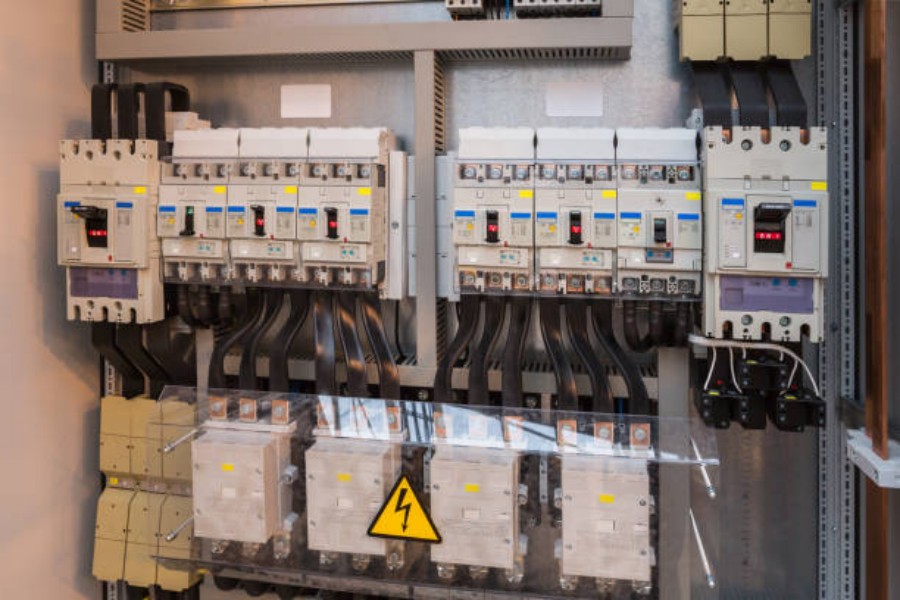Introduction
The
30 20 breaker is a common electrical component that is used in a variety of applications. It is a type of circuit breaker that is designed to protect the electrical wiring and appliances in a building from damage due to electrical overloads and short circuits. In this article, we will take a closer look at the 30 20 breaker, including its function, types, installation, and maintenance.
What is a 30 20 Breaker?
A 30 20 breaker is a type of circuit breaker that is rated for 30 amps at 120 volts and 20 amps at 240 volts. It is commonly used in residential and commercial electrical systems to protect the wiring and appliances from damage due to overloads and short circuits. The breaker is designed to trip and cut off the power when the current flowing through it exceeds its rated capacity, thus preventing electrical fires, equipment damage, and personal injuries.
Types of 30 20 Breakers
There are several types of 30 20 breakers available in the market, including single-pole, double-pole, tandem, and GFCI (ground fault circuit interrupter) breakers. Single-pole breakers are used to protect individual circuits, while double-pole breakers are used for high-voltage appliances, such as air conditioners and electric water heaters. Tandem breakers, also known as duplex or twin breakers, are designed to fit two breakers in one slot and are commonly used in older electrical panels. GFCI breakers are used in wet areas, such as bathrooms and kitchens, to protect against electric shock.
Installation of 30 20 Breakers
The installation of 30 20 breakers should only be performed by a licensed electrician. Before installation, the electrician should turn off the power to the panel and verify that the voltage and amperage rating of the breaker match the electrical system. The breaker should be snapped into the slot in the panel and securely tightened with a screwdriver. The wires should be connected to the breaker according to the manufacturer's instructions and the local electrical code.
Maintenance of 30 20 Breakers
The maintenance of 30 20 breakers is a simple process that can help to ensure their proper functioning and longevity. The electrician should inspect the breakers periodically and look for signs of damage, such as cracks, burns, or corrosion. The electrician should also test the breakers using a circuit tester or multimeter to verify that they are tripping at the correct amperage and voltage levels. If the breaker is damaged or not functioning properly, it should be replaced immediately.
Benefits of Using 30 20 Breakers
The use of 30 20 breakers has several benefits, including:
- Protection against electrical overloads and short circuits
- Prevention of electrical fires, equipment damage, and personal injuries
- Compliance with electrical codes and regulations
- Easy installation and maintenance
- Versatility in terms of types and applications
Common Issues with 30 20 Breakers
Despite their benefits, 30 20 breakers can also experience issues that may affect their performance. Some common issues include tripping, buzzing, overheating, and nuisance tripping. Tripping occurs when the breaker trips too frequently or too early, while buzzing occurs when the breaker hums or vibrates. Overheating may be caused by loose connections or excessive current, and nuisance tripping may occur due to electromagnetic interference or faulty wiring.
Replacing 30 20 Breakers
If a 30 20 breaker is damaged, malfunctioning, or needs to be replaced for any reason, it should be done by a licensed electrician. The electrician should follow the same installation process as described earlier and ensure that the replacement breaker matches the electrical system rating and type. The electrician should also verify that the replacement breaker is compatible with any other breakers in the panel.
Conclusion
In conclusion, the 30 20 breaker is an essential component of many electrical systems and plays a vital role in protecting the wiring and appliances from damage due to electrical overloads and short circuits. By understanding the function, types, installation, and maintenance of 30 20 breakers, homeowners and electricians can ensure that their electrical systems are safe, reliable, and compliant with electrical codes and regulations.
Quote Inquiry
Contact Us

